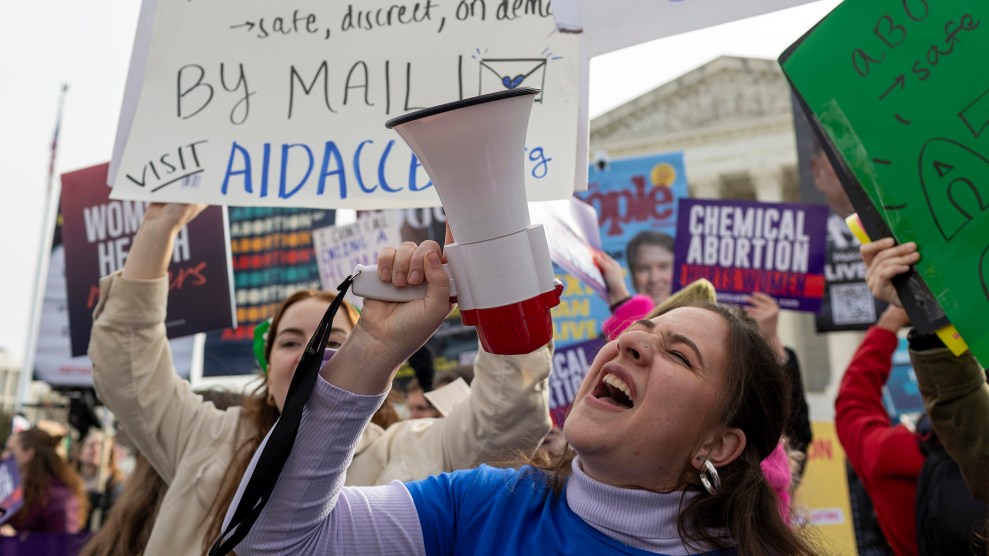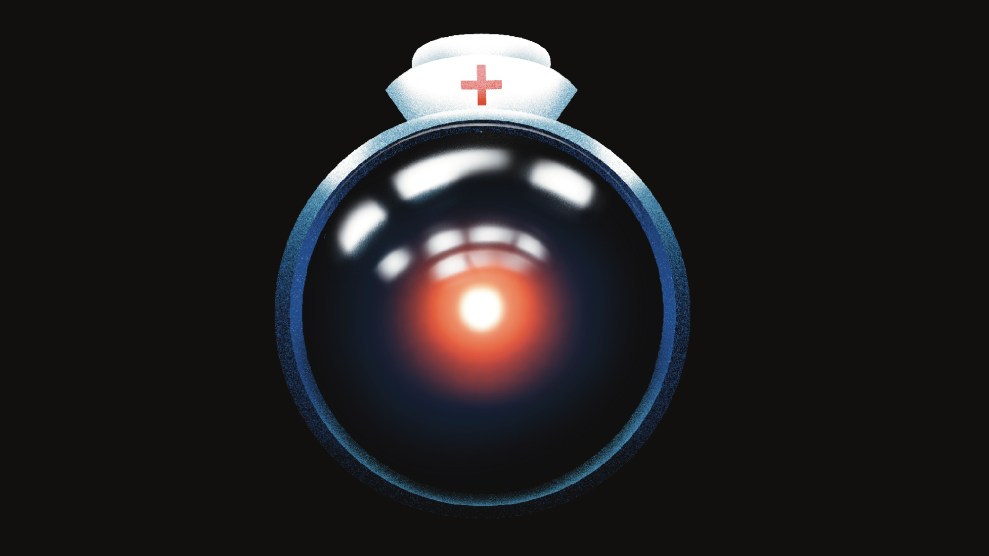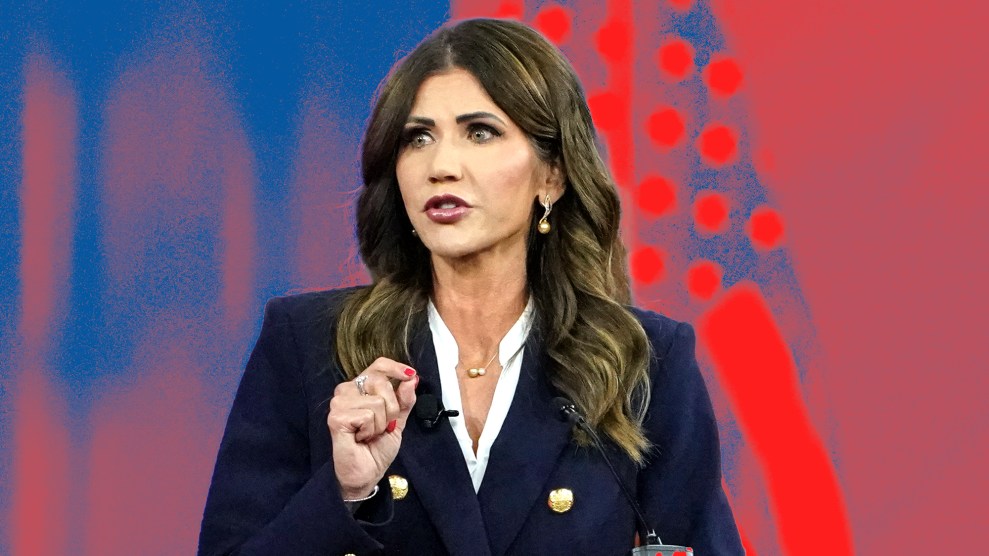 Yesterday, Nicole McClelland pointed out that there appears to be a direct relationship between tie width and economic prosperity, as well as indications that both hemlines and lipstick sales rise when finances fall. It got me to thinking: what other cultural trends might correspond to recessions? Glancing around the iTunes Top 100, there’s one recent pop music phenomenon that may be a candidate: the swing, or “shuffle” rhythm.
Yesterday, Nicole McClelland pointed out that there appears to be a direct relationship between tie width and economic prosperity, as well as indications that both hemlines and lipstick sales rise when finances fall. It got me to thinking: what other cultural trends might correspond to recessions? Glancing around the iTunes Top 100, there’s one recent pop music phenomenon that may be a candidate: the swing, or “shuffle” rhythm.
Okay crazy, you’re thinking, big band hasn’t exactly taken over the pop charts. Indeed, but stay with me: I’m just talking about the meter. In swing rhythms, each beat is separated into triplets, rather than 8th or 16th notes. Most pop music falls into the latter category, but every once in a while you get a track with swing: Gary Glitter’s “Rock and Roll Part 2,” for instance. However, recently, there has been a barrage of straight up pop hits utilizing the swing rhythm: Katy Perry’s “I Kissed a Girl,” Britney Spears’ “Womanizer,” Pink’s “So What,” and the current #1 song in the U.S., Flo Rida’s “Right Round,” which manages to add a swing rhythm to the robotic Dead or Alive original. (Listen to these tracks below). This is in addition to alt-rock tracks by Seether and Panic at the Disco, and even a new strain of underground drum ‘n’ bass that uses swing time, something almost unheard of in electronic music.The shuffle rhythm is far more common in jazz, and of course, the heyday of swing jazz and big band just happens to correspond to the Great Depression. Oddly enough, there also seems to be a brief resurgence of swing rhythm during another recessionary period, the early ’80s: witness Tears for Fears’ “Everybody Wants to Rule The World,” Eddie Rabbitt’s “I Love a Rainy Night,” Blondie’s “Call Me,” Soft Cell’s “Tainted Love.”
So, what about good years, is there less swing? Turns out, quite possibly: I went through the entire Billboard Top 100 songs of the stock market peak year of 2000, and found not a single swing rhythm song. Not one! And I listened to all the ones I didn’t remember! In contrast, 1981’s Top 100 has a total of 11 tunes with an unmistakable shuffle, from John Lennon’s “Just Like Starting Over” to Stevie Wonder’s “Master Blaster.”
Could swing’s jaunty, lilting style have an easy, comforting appeal to a downtrodden populace, a direct line to deep inner happiness centers of our brains, like the face of Shirley Temple? Sure, it seems a little weird, but honestly, it makes as much sense as the tie thing. We’ll see if we can get a grant to have a team of interns graph the history of music and compare it to historical GDP and get back to you.
Britney Spears – “Womanizer”
Flo Rida – “Right Round”
Pink – “So What”
Pendulum – “Another Planet” (swing section starts at 2:38)















